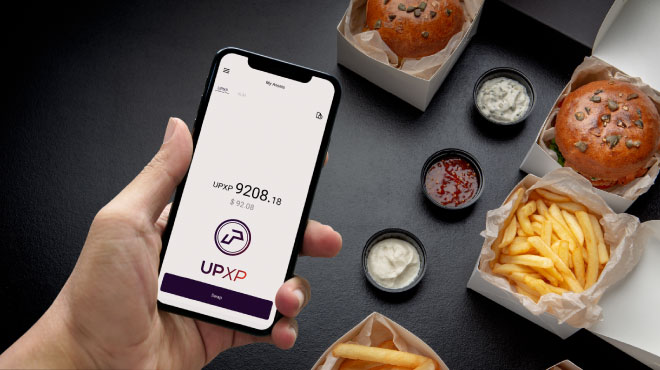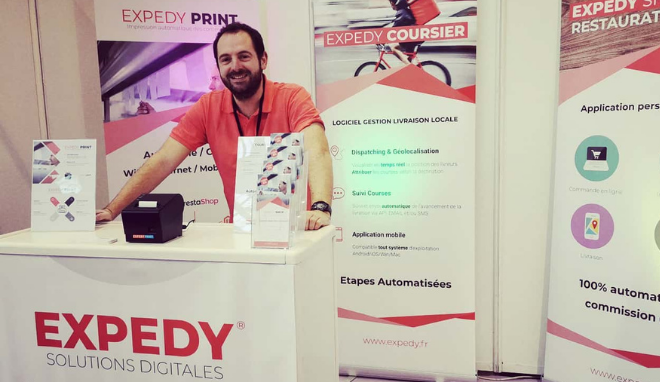

Anthony likes helping people reach their true potential. Being the victim of his own fears and insecurities in his own business, he has decided to help others create more opportunities.
If your restaurant says “fast” anywhere, it had better live up to the word. Too often people end up disappointed because they have spent too much time waiting, despite the energy of the runners. What if new technologies could help you deliver food faster, while simplifying the life of your waiters though? This article is a closer look at table tracking and staff paging systems to help you use today’s technologies better.
Why use a table tracker?
With short lunch breaks and the stress of daily life, people value their time above and beyond all else. When they order at the till, customers expect swift delivery of their purchase. This puts a lot of unnecessary pressure on your staff, especially if they end up spending most of their time trying to find out who is sitting where. Table trackers make everything much simpler so that your customers can be served quickly, and your runners don’t lose their hair over order 18, at table 65.
Table trackers may not be ideal for formal restaurants where people actually accept waiting a little bit longer. In casual fast food restaurants or pubs, however, customers expect their orders to come out fast. People typically go there for a quick pre-theatre meal, or at lunchtime so they are in a rush.
Paradoxically enough, it’s in those restaurants that an order can get lost. That’s also where waiters look for the right tables for too long while the food in their hands is getting colder. On top of that, these places depend on a high number of customers to survive so it’s easy to get overwhelmed during peak hours. Inevitably, customer satisfaction ends up suffering terribly from from a simple lack of organisation. This is where table trackers come into play.
How table trackers work
Table trackers work a bit like a GPS for your runners so they know where customers are on the screen. You staff gives a tracker to the clients when they have completed their order. Your runners have pagers on them that tells them when an order is ready. The system also tracks their progression.
As the whole process is managed by the same system, trackers also give information about how long it’s been since the customer ordered. They can give the priority to an order that’s been waiting for too long. This is typically the one that ends up completely lost without a tracking system. Finally, table trackers give you data on what order took the longest and who was in charge then.
Some might see it as a new tools to police their staff around, but it’s more about figuring out what you can improve and what’s actually working well. Without any clear and unbiased data, it’s hard to make the necessary changes to deliver food faster and a smile on your customers’ faces.
What to expect from table trackers
To some restaurant owners, it can be difficult to go from numbers handed out to a system that appears very complex to begin with. You will have to train your staff to use it and the system does require some getting used to. However, the whole point is to make everything much smoother. The end result is less running around inefficiently for you staff.
Runners tend to waste a lot of time going back and forth from the kitchen to the restaurant room with nothing in their hands. Thanks to the pager, they’re immediately told when there is something to fetch. This makes them more available for your customers when they have no order to deliver.
In the UK you can find several companies providing table tracking and paging systems. LRS originated in the US, and has built a solid reputation there. The British version of their product is Pager, which works the same way.
MMcall also developed paging and tracking systems, but they are not all specific to restaurants. They do offer additional benefits like a survey system. For more information on the importance of surveying your customers, you can read this previous post.
After a brief period of adaptation, your staff should have no problem using such a system. For your customers, the only difference is that they receive a tracker with a number instead of a card with a number. It has the advantage of giving you a more professional look.
Wrap-up
With the number of pubs and fast casual restaurants in Britain, table tracking is going to dramatically improve service quality. If it’s difficult for your staff to bring out food fast, this technology should make the running of your restaurant much smoother. As a business owner, this technology allows you to measure the performance of your staff to help them be more efficient with no additional sweat. In other words, everybody wins.





Comments